We coach athletes with the tools they use in the game. Here a receiver practices his balance on foam and can literally see how this is going to help him successfully catch the ball without losing control.
Visualizing yourself succeeding at something like crossing the finish line, might seem like a silly concept, but it's proven scientifically to help athletes successfully change their bodies and reach goals. For instance, in his study on everyday people, Guang Yue, an exercise psychologist from Cleveland Clinic Foundation in Ohio, compared “people who went to the gym with people who carried out virtual workouts in their heads”. The gym-goers had a 30% muscle increase but astonishingly, the group of participants who conducted mental exercises of the weight training increased muscle strength by 13.5% just by visualizing. This average remained for 3 months following the mental training. That's why the mental aspect of athleticism is so important. It can make or break your groove. Actually, employed with fitness, it can make your body respond even better. And in life, seeing yourself healthy and happy can often bring about that change too.
And it's planted in us from an early age. How many times do you remember your parents saying, "you can be anything you want to be if you put your mind to it" or something as simple as "what do you want to be when you grow up?" These are guiding cues to help us see ourselves as something better in the future, and the best part about it is, if your parents did it right--by asking questions about how you want to change, rather than dictating your change by programming you--you probably learned very quickly that you are in control of how well you can succeed at anything.
Visualization is an important tool for rehab from an injury, taking your fitness to a new level, or trying something physically you've never done before. And it's probably the only training tool your not employing in your workouts, your health goals or your life. Here are some of my most successful visualization techniques I practice in my own workouts with clients and patients.
1. Communication
One of the easiest ways I practice visualization is by practicing communicating how you are physically feeling. You would be surprised how many people are not in tune with their body to the extent that they can't verbalize pain, tiredness, etc. They simply don't want to let their guard down, so they struggle in their workouts. One of the first questions I ask each and everyday to my patients and clients is, "how do you feel today?" Some people respond by telling me about their weekend, some respond by telling me they are tired, or sore... But it doesn't matter, because it gives me a clue about their starting attitude and how hard I can push and challenge them that day.
2. Removing the bad, inserting the good.
- start on your mat, close your eyes, do a body scan
- notice where you are holding tension
- take a deep breath in and hold it for a second at the top
- on your exhale, visualize your muscles melting down into the floor, and sigh as you exhale.
- set your new intention for your body-- focus on my back muscles today, let go of stress, increase thoracic spine mobility, lift 100lbs, etc.
- whatever it is you want to succeed in today physically, mentally tell yourself this is why you are here right now. This is the hour to work hard and accomplish that goal.
- open your eyes, stand up and begin your workout.
3. Do the hard work.
As simple as this sounds, do all the exercises you don't really feel like doing and visualize yourself doing it for longer than you'd ever reasonably have to do it. If the hardest exercise for you to do is the plank, pretend like you have to do it for 3 years and see yourself smiling! Then actually try the exercise. When the 2 minutes is up, you'll know you can do it, and you'll move on to a new goal the next day.
In the end, it's the small stuff we'd never do, or can't see ourselves doing that stops us from moving forward in many ways. Tricking yourself into building a new and different foundation or pathway for success, often gets us where we want to go.


